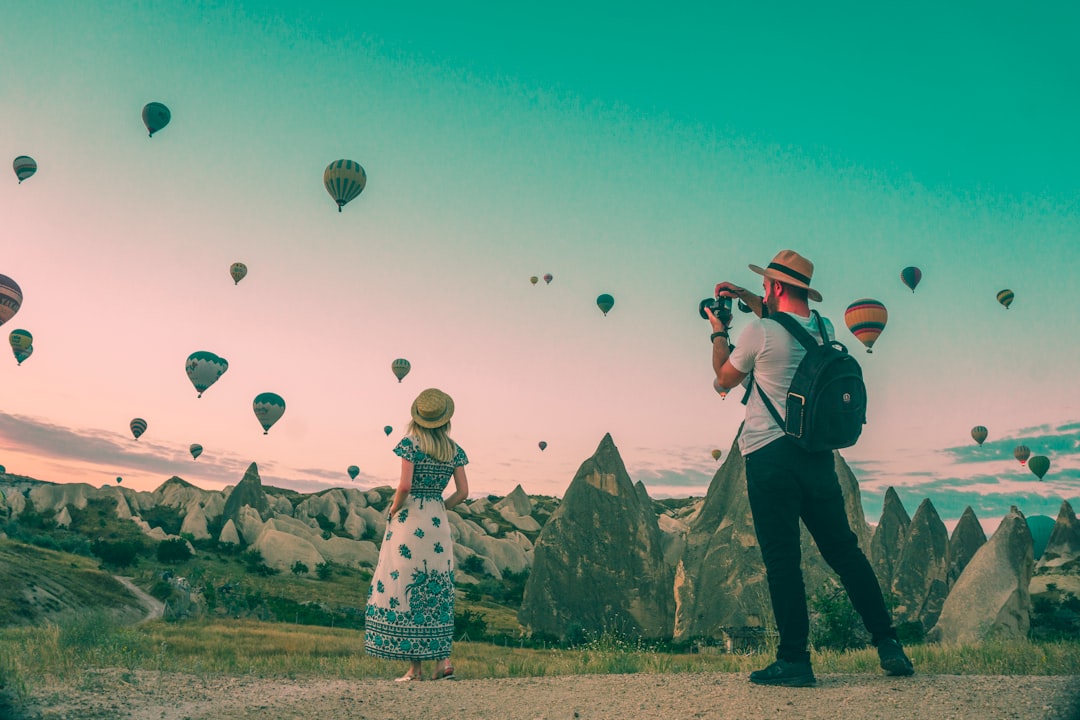
The Art of Creating Flexible Travel Itineraries: Tips and Tricks
## Introduction. Traveling opens up a world of adventure, culture, and experiences, but often it comes with the rigid structure of a fixed itinerary. While planning can provide clarity and direction, having a flexible travel itinerary allows for spontaneity and the freedom to explore hidden gems and respond to unexpected opportunities. Understanding how to balance organization with flexibility is key to making the most of your travels. In this guide, we'll delve into essential tips for crafting travel itineraries that are adaptable yet focused. ## Understanding Flexible Itineraries. A flexible itinerary is designed around key destinations and activities while leaving room for changes and spontaneity. This approach allows travelers to enjoy their trip at a relaxed pace without the stress of rigid schedules. When considering your travel goals, think about what you genuinely want to see or experience but without locking yourself into a strict timetable. ### The Importance of Setting Priorities. Before creating your itinerary, take the time to list your priorities. What are the must-see places, the unique experiences you can’t miss, and what do you want to learn about the culture? Understanding your priorities will help you focus your itinerary while allowing wiggle room for adjustments. For example, if you’re traveling to Italy, perhaps seeing the Colosseum is non-negotiable, but if time or moods change, you could lighten the agenda with a leisurely stroll through a local market instead of a scheduled museum visit. ### Timing Considerations. When planning your itinerary, consider factors that affect timing such as seasons, local holidays, and peak tourist periods. These considerations can significantly impact delays or closures that might force a change in plans. Tools like Google Calendar can help you visualize your itinerary by marking out periods when certain attractions may be closed or crowded. This way, you can identify buffer times and adjust your plans as you go, facilitating a smoother travel experience. ### Building in Buffer Times. One of the best practices for flexible itineraries is to build in buffer times between activities or excursions. Allow yourself extra time between planned activities to explore nearby sights, rest, or simply enjoy an unplanned dining experience. This buffer makes your itinerary feel less like a chore and more like an invitation to adventure. For instance, having a 3-hour slot for a tour that could be completed in two hours allows you time to relax or find a favorite café you hadn’t considered before. ### Leveraging Technology for Flexibility. In today’s digital age, apps and tools can play a significant role in enhancing itinerary flexibility. Utilize travel apps that offer real-time updates, such as flight changes or traffic delays, to adjust your plans efficiently. Platforms like TripIt create dynamic itineraries where you can keep track of your changing plans. Websites that offer local recommendations or attractions can also provide ideas for impromptu adventures, making it easier to modify your plans spontaneously. ### The Art of Saying Yes. One of the most enriching aspects of flexible travel is the opportunity to say yes to unexpected invitations or opportunities. If a local offers a suggestion that sparks your interest or fellow travelers invite you to join an activity, embrace that chance. Sometimes the most memorable experiences stem from being open to the moment, so keep your itinerary fluid enough to welcome these options. ## Conclusion. Creating a travel itinerary that strikes the right balance between structure and flexibility can enhance your travel experience immensely. By prioritizing must-see attractions, incorporating buffer times, leveraging technology, and remaining open to spontaneity, you can explore new cultures without feeling trapped by a strict schedule. The goal is to enjoy the journey while making room for the delightful surprises that travel can bring. Embrace the adventure not just in the destinations but also in the journey itself. .







